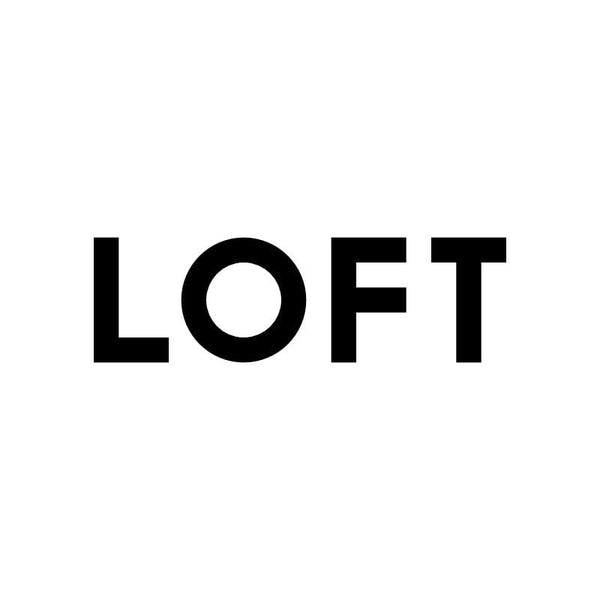Revisiting the value of "Swiss Made"
Daniel PintoFor decades, the "Swiss Made" seal was synonymous with excellence, tradition, and prestige. But in the age of hyperconnected and demanding consumers, that allure is beginning to fade. This article examines the legal opacity behind labeling, the loopholes exploited by many brands, and the rise of a new generation that values honesty more than inherited myths.
For over a century, Swiss watchmaking has constructed a carefully curated, almost mystical narrative: craftsmanship in secluded mountains, unparalleled chronometric precision, and an unfalsifiable heritage. The Swiss Made seal, engraved on a watch's dial or movement, wasn't just an indication of geographical origin; it was a symbol of belonging to a horological elite. The closest thing to a seal of approval.
Today, things have changed, both in the world and in "Clockland." In recent years, that label has begun to lose its shine. This isn't because the Swiss have lost knowledge or are working less well, but because we have more information as consumers thanks to the internet. Today's consumer—more informed, more demanding, less naive—is seeking a more honest conversation and has realized that behind the romanticism of Swiss Made lies an opaque, murky legal structure that makes it easy for brands to deceive consumers.

What exactly does Swiss Made mean?
Current legislation stipulates that for a watch to legally bear the Swiss Made label, at least 60% of the production costs must originate in Switzerland. Key word: costs. This calculation is not based on the origin of each component, but on the economic value of each stage of the process.
And this is where the door to marketing creativity opens. Brands can order cases, bracelets, dials, and other components from China, where costs are significantly lower, and then perform final assembly and quality control in Switzerland—at Swiss wages, of course—to meet the legal percentage. The result is watches that "comply" with the regulations without being genuinely Swiss in terms of manufacturing. It could have 90% of its components made in China but serviced in Switzerland by a technician earning 100,000 Swiss francs a year, thus inflating the cost of the watch, which corresponds to its Swiss component, and making it Swiss Made . It's like saying a wine is Chilean because it was bottled in the Maipo Valley, even though the grapes grew in Argentina. Legal, yes. But also misleading.
The Swiss Made label emerged in the 20th century and gained momentum after the emergence of Japanese watchmaking in the 1970s, so the Swiss industry needed a way to differentiate itself. Prestige and craftsmanship became its main weapon. For decades, that strategy worked. The label not only helped sell watches, but also symbolized something deeper: a promise of authenticity, heritage, and prestige. Even when the Japanese made watches that were equal to or better than the Swiss, they couldn't match the success of the Swiss because they lacked the communication tools to win over collectors. In a world dominated by mass production, Swiss Made represented the last bastion of work done by hand, calmly, in family workshops hidden in the Jura valleys.

Then, globalization arrived and changed the rules of the game. Economies opened up, and those who didn't go to Asia to source their suppliers found themselves priced out of their markets. Today, most of the most famous Swiss brands source parts from a complex international network of suppliers. And while some, like Rolex, have opted for almost complete vertical integration, most operate in shadowy terrain, somewhat concealing this practice.
For me, it's perfectly valid to seek out the best prices. As a consumer, I want access to the best possible product at the lowest possible price. What I question is the abuse of Swiss Made to try to convince customers that these watches don't have Asian or imported parts. If you're going to sell me a five-figure watch and have instilled in me an expectation of artisanal craftsmanship by Swiss experts, don't sell me a half-assed watch with low-quality components, wrapped in a campaign of high-profile ambassadors and Moet cocktails at Formula 1.
Stories circulate on collector forums about factories in China producing components for Swiss brands during the day and then replicating the same models as counterfeits at night. Some even use the exact same molds, machinery, and materials.

All of this has generated a much more defensive attitude among new consumers, young millennials and Generation Z, who have stopped valuing Swiss Made simply because they didn't grow up in an era where the seal meant something real, and they are very adept at perceiving it. This has presented a great opportunity for independent brands to gain ground. Some, like Ming (Hong Kong), Kurono Tokyo (Japan), or Baltic (France), have opted for complete transparency. They explain where their pieces come from, who assembles them, and why they chose them—often it's due to cost, and they'll tell you! Consumers respond with loyalty, even if the watch isn't Swiss Made .
Instead, many traditional houses remain trapped in a narrative that is becoming less and less convincing. Defending the indefensible can erode brand value more than embracing honest evolution. It's time for Switzerland to take action. Either raise the standards required to obtain the Swiss Made seal, or make their production chain as transparent as possible. In the end, I think they're putting too much attention on something that, as collectors, we've learned to ignore, precisely thanks to them.
At the end of the day, what we want are good watches, wherever they come from. Today's consumer wants to reward honesty, conscious design, and impeccable execution, regardless of geography. We don't want an industry that continues to peddle outdated myths, but one that adapts to the new consumer: demanding, informed, and—above all—awake.







